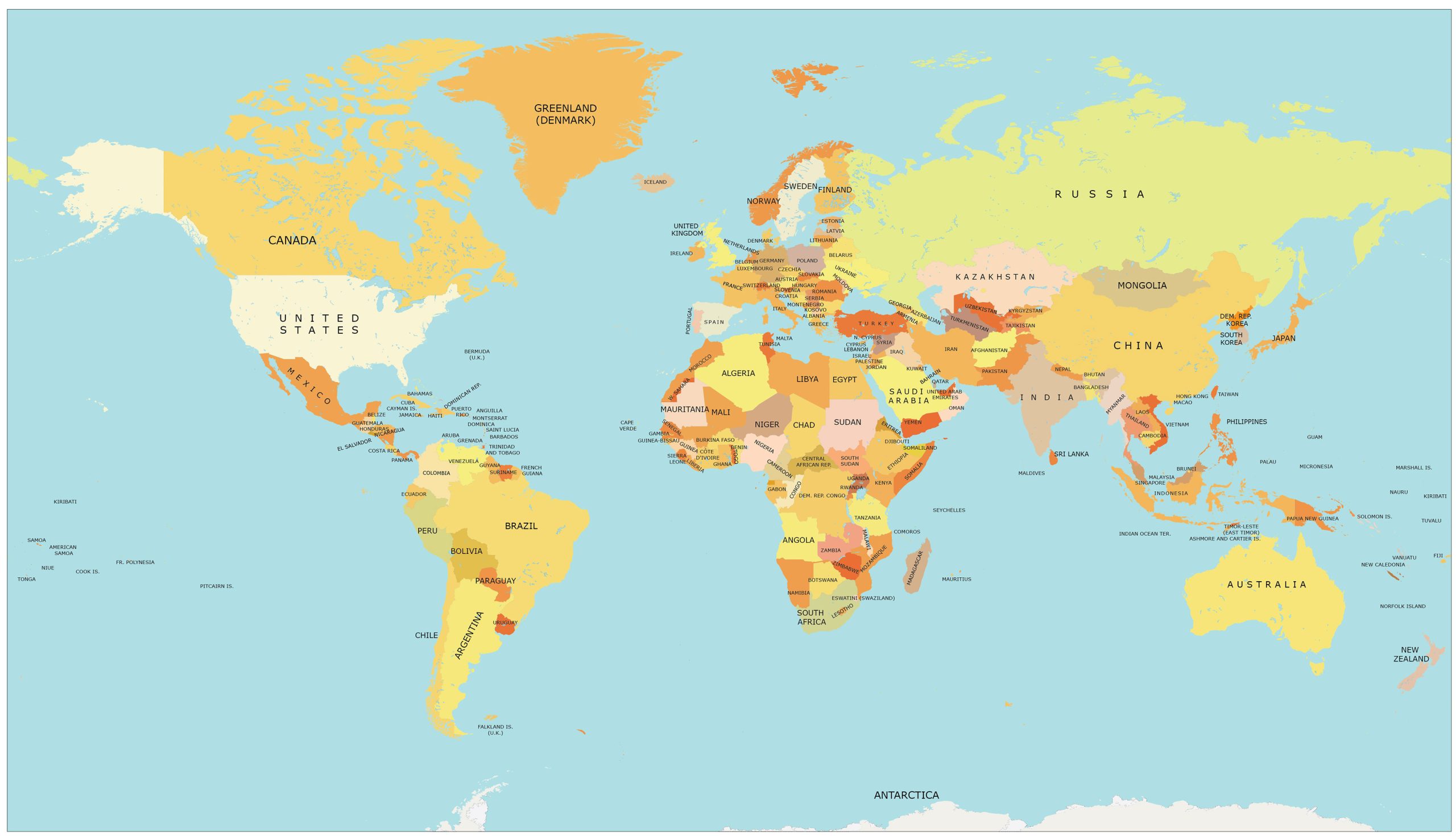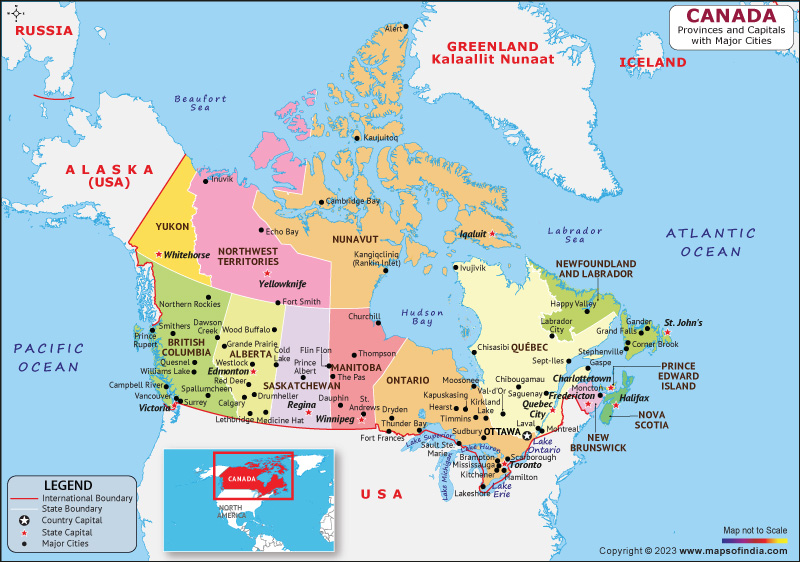
The Maps That Speak: Tracing Native Nations and the Trauma of Indian Removal
The history of the United States is etched not only in monuments and documents but profoundly in its maps. Among the most poignant and vital are those depicting Native American ancestral lands juxtaposed with the routes of the Indian Removal Act. These aren’t mere lines on parchment; they are a stark visual narrative of sovereignty, cultural richness, profound loss, and enduring resilience. For any traveler or history enthusiast, understanding these maps is not just an academic exercise but a journey into the heart of American identity, challenging preconceived notions and illuminating a devastating chapter that continues to resonate today.
Forget the conventional starting point of a travel guide. Our journey begins with two distinct, yet inextricably linked, cartographic perspectives. One map showcases a continent teeming with vibrant, self-governing Native nations, each with its own language, political structure, spiritual beliefs, and intricate relationship with the land. The other overlays this tapestry with forced paths of displacement, routes of suffering, and the indelible marks of a federal policy designed to erase Indigenous presence from vast swathes of the burgeoning American republic.
The "Before" Map: A Continent of Sovereign Nations

Before the relentless push of westward expansion, the North American continent was a mosaic of sophisticated Indigenous societies. The map of pre-colonial Native America is not a blank slate, but a vibrant tableau of distinct nations. In the southeastern United States, for example, the lands we now call Georgia, Alabama, Mississippi, and Florida were home to the "Five Civilized Tribes": the Cherokee, Choctaw, Chickasaw, Creek, and Seminole.
These nations were not nomadic hunter-gatherers, but established agricultural societies with complex political systems, written languages (in the case of the Cherokee, with Sequoyah’s syllabary), constitutional governments, and thriving economies. The Cherokee, for instance, had a bicameral legislature, a Supreme Court, and a national newspaper. The Creek Confederacy was a powerful alliance of towns and clans, while the Choctaw and Chickasaw had well-developed trade networks and distinct cultural practices. Their identities were inextricably linked to their ancestral lands: sacred sites, burial grounds, farming fields, hunting territories, and river systems were not just resources but living parts of their heritage, infused with generations of stories, ceremonies, and belonging.
These maps, often rendered in vibrant colors denoting tribal territories, underscore a crucial historical truth: these were sovereign nations, recognized as such through treaties with the nascent United States government. They owned their lands, not merely occupied them. This distinction is paramount to understanding the legality, or rather the profound illegality, of their subsequent removal.
The Seeds of Displacement: Manifest Destiny and Land Greed
The idyllic vision of a continent shared by diverse nations began to unravel with the Louisiana Purchase in 1803 and the subsequent ideology of Manifest Destiny – the belief that the United States was divinely ordained to expand westward to the Pacific Ocean. This expansionist fervor was fueled by several factors: the insatiable demand for land for cotton cultivation in the burgeoning Southern economy, the discovery of gold on Cherokee lands in Georgia, and the pervasive racist notion that Native Americans were "savages" incapable of self-governance or "civilized" land use.
Despite numerous treaties establishing and guaranteeing Native land rights, the pressure from white settlers and state governments mounted. The "Indian Problem," as it was termed, became a central political issue, particularly in the Southern states that coveted the fertile lands occupied by the Five Civilized Tribes. This period saw a shift in federal policy from negotiation and assimilation to outright removal.
The Indian Removal Act of 1830: A Policy of Betrayal
The culmination of these pressures was the Indian Removal Act, signed into law by President Andrew Jackson in 1830. This act authorized the President to negotiate with Native nations for their removal to federal territory west of the Mississippi River, in exchange for their ancestral homelands. While ostensibly "voluntary," the act was enforced with coercive tactics, military intimidation, and the blatant disregard for established treaties.
The legal battles that followed highlight the moral and constitutional crisis of the era. The Cherokee Nation, in particular, fought fiercely through the U.S. court system. In Cherokee Nation v. Georgia (1831), Chief Justice John Marshall described the Cherokee as a "domestic dependent nation." A year later, in Worcester v. Georgia (1832), the Supreme Court ruled that the state of Georgia had no jurisdiction over Cherokee lands, thereby affirming Cherokee sovereignty. However, President Jackson famously defied the ruling, allegedly stating, "John Marshall has made his decision; now let him enforce it." This blatant disregard for the rule of law set a dangerous precedent and sealed the fate of the Southeastern tribes.
The most tragic manifestation of this policy was the Treaty of New Echota in 1835. Signed by a minority faction of the Cherokee, the "Treaty Party," without the consent of the vast majority of the Cherokee Nation, this illegitimate document ceded all Cherokee lands east of the Mississippi in exchange for land in Indian Territory (present-day Oklahoma) and financial compensation. The Cherokee Principal Chief, John Ross, and the majority of the nation vehemently opposed it, but their pleas fell on deaf ears.
The "After" Map: Routes of Sorrow and the Trail of Tears
The maps depicting the Indian Removal routes are stark, linear representations of immense suffering. They chart the forced migration of tens of thousands of people, most of whom walked for hundreds of miles, often in brutal conditions, to an unfamiliar land. While the "Trail of Tears" is most commonly associated with the Cherokee, it is crucial to remember that all Five Civilized Tribes, along with many smaller nations, endured their own "trails of tears."
- The Choctaw: The first to be removed, primarily between 1831-1833. Their routes often followed rivers, leading to Indian Territory. Thousands died from disease, starvation, and exposure during their journey, which they called "The Trail of Tears and Death."
- The Creek (Muscogee): Faced a brutal removal in 1836, often in chains, following a devastating war against the U.S. military. Their routes were particularly harsh, marked by significant loss of life.
- The Chickasaw: Negotiated a more favorable (though still forced) removal treaty in 1837, allowing them to finance their own relocation. While suffering was still immense, their relative wealth provided some advantages compared to other tribes.
- The Cherokee: Their forced removal in 1838-1839 is the most widely recognized "Trail of Tears." Under military escort, approximately 16,000 Cherokees were marched westward, primarily during the winter. An estimated 4,000 men, women, and children perished from disease, starvation, and exposure along the various land and water routes that crisscrossed nine states.
- The Seminole: Their resistance led to three protracted and bloody Seminole Wars in Florida, resulting in forced removal for many, but also allowing a significant portion to remain hidden in the Everglades, where their descendants live today. Their routes were often circuitous, following the ebb and flow of military campaigns.
These maps show multiple lines, not just one, because removal wasn’t a single, uniform event. Different groups within each nation took different paths, at different times, often dictated by military escorts or available waterways. They highlight the vast distances covered, stretching from the fertile lands of the Southeast to the arid plains of Indian Territory (now Oklahoma). Each line represents a path of stolen dignity, broken families, and countless graves left unmarked along the way.
Enduring Scars and Resilient Identities
The arrival in Indian Territory marked not an end to suffering, but a new beginning fraught with challenges. The removed nations had to rebuild their societies, often clashing with each other over resources and territory. They faced continued encroachment from white settlers, the devastating impact of the American Civil War (which further divided and impoverished them), and later, the Dawes Act (1887), which broke up communal tribal lands into individual allotments, further eroding their sovereignty and land base.
Yet, despite the immense trauma and systematic attempts at cultural destruction, Native identity endured. The maps of today, showing current tribal reservations and trust lands, are a testament to the incredible resilience, adaptability, and unwavering spirit of these nations. They rebuilt their governments, revitalized their languages, and continued their cultural practices. Their sovereign status, though often challenged, remains a cornerstone of their identity and a crucial aspect of their relationship with the U.S. federal government.
The Maps Today: A Call to Remembrance and Education
For the modern traveler and history enthusiast, these maps offer an unparalleled opportunity for education and introspection. They are not just historical artifacts; they are living documents that connect past injustices to present-day realities.
- The National Park Service’s Trail of Tears National Historic Trail is a prime example of how these routes are preserved and interpreted. It encompasses over 2,200 miles of land and water routes, with interpretive centers, museums, and historical markers that allow visitors to trace segments of the removal. Traveling these routes, even partially, offers a tangible connection to the past, fostering empathy and understanding.
- Tribal museums and cultural centers across Oklahoma and the Southeastern states provide invaluable perspectives directly from the descendants of those who endured the removal. Places like the Cherokee Heritage Center in Tahlequah, Oklahoma, or the Choctaw Nation Museum in Tuskahoma, Oklahoma, offer rich historical context, cultural exhibitions, and personal narratives that bring the maps to life.
- Understanding the land itself becomes a powerful educational tool. Seeing the rivers and terrain that once sustained these nations, then tracing the paths of their forced exodus, highlights the profound disconnect between Indigenous stewardship and colonial appropriation.
By engaging with these maps – both the vibrant pre-removal territories and the somber removal routes – we confront a crucial part of American history. We learn about the incredible diversity and sophistication of Native nations, the devastating impact of federal policy driven by greed and racism, and the enduring strength of Indigenous peoples in the face of unimaginable adversity.
As you plan your next journey, consider looking beyond the typical tourist attractions. Seek out these historical maps, visit the sites they depict, and engage with the stories they tell. It is a journey not just through geography, but through time, memory, and the complex, often painful, identity of a nation. To truly understand America, one must acknowledge the maps that speak of both its grandeur and its grievous betrayals, and recognize the enduring legacy of the sovereign nations who walked these lands long before and continue to thrive upon them today.
